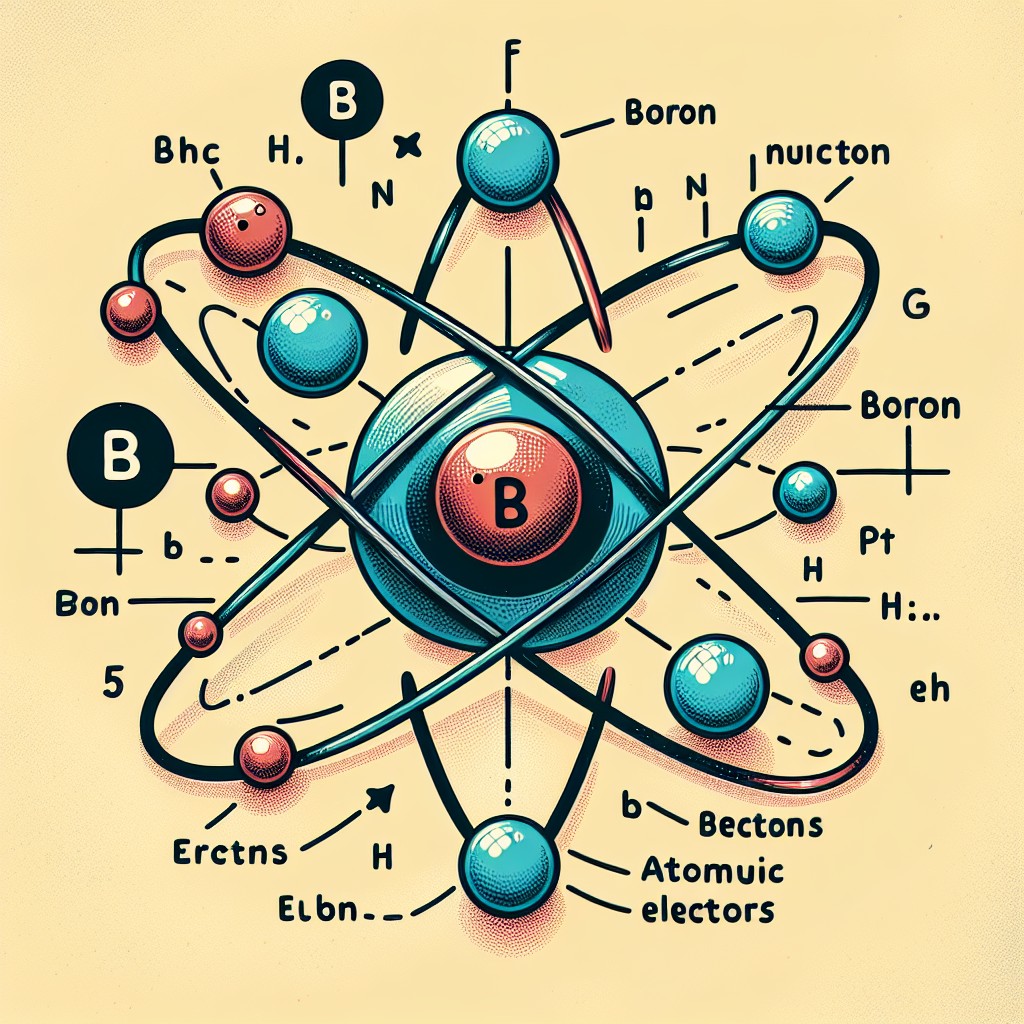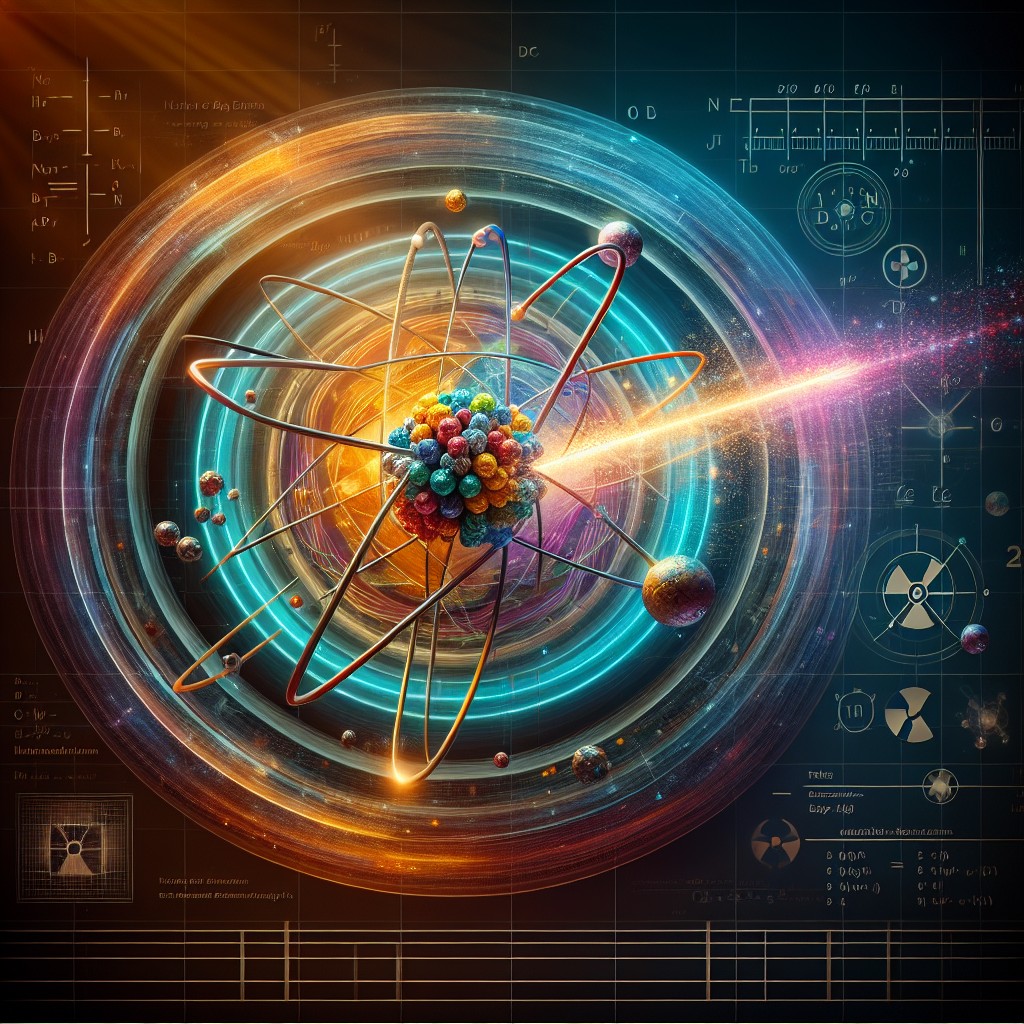NATO, the North Atlantic Treaty Organization, is an intergovernmental military alliance that was established in 1949. It consists of 30 member countries from North America and Europe, and its primary purpose is to ensure the collective defense of its members. NATO‘s naval power plays a crucial role in maintaining global security by deterring potential threats and responding to crisis situations. Naval power is of utmost importance in ensuring the safety and security of maritime trade routes, as well as protecting member states from potential aggression.
Summary
- NATO’s naval power plays a crucial role in global security.
- NATO’s maritime strategy and capabilities have evolved over time.
- Naval power is an important aspect of NATO’s defence policy.
- NATO’s maritime forces are involved in crisis management.
- NATO’s naval power contributes to counter-terrorism operations and the fight against piracy.
The Role of NATO’s Naval Power in Global Security
NATO’s naval power plays a significant role in maintaining global security. The alliance’s naval forces contribute to the deterrence of potential threats by conducting regular patrols and exercises in strategic areas. These activities send a clear message to potential adversaries that any aggression will be met with a swift and decisive response. Additionally, NATO’s naval forces are often deployed to crisis areas to provide humanitarian assistance, disaster relief, and support for peacekeeping operations.
Naval power is particularly important in deterring potential threats because it allows for rapid response and flexibility. Naval forces can be deployed quickly to any part of the world, providing a visible presence that serves as a deterrent to potential aggressors. Furthermore, naval forces have the capability to project power over long distances, allowing them to respond effectively to emerging threats.
NATO’s Maritime Strategy and Capabilities
NATO’s maritime strategy is based on three key pillars: deterrence, defense, and dialogue. The alliance aims to deter potential adversaries through a visible presence and exercises in strategic areas. In terms of defense, NATO’s naval forces are responsible for protecting member states’ territorial waters and ensuring the safety and security of maritime trade routes. Dialogue is also an essential aspect of NATO’s maritime strategy, as it allows for cooperation with partner countries and organizations.
NATO’s naval forces possess a wide range of capabilities that enable them to carry out their missions effectively. These capabilities include surface combatants, submarines, maritime patrol aircraft, and amphibious forces. The alliance also has the ability to conduct anti-submarine warfare, mine countermeasures, and maritime surveillance. Furthermore, NATO’s naval forces are equipped with advanced communication and command systems that allow for seamless coordination and interoperability.
The Evolution of NATO’s Naval Power
NATO’s naval power has evolved significantly since its establishment in 1949. In the early years, the alliance focused primarily on countering the Soviet Union’s naval forces in the North Atlantic. However, with the end of the Cold War, NATO’s naval power shifted towards crisis management and peacekeeping operations. The alliance has been involved in various operations, such as enforcing arms embargoes, providing humanitarian assistance, and supporting peacekeeping missions.
The evolution of technology and tactics has also had a significant impact on NATO’s naval power. Advances in communication and surveillance systems have greatly enhanced the alliance’s ability to detect and respond to potential threats. Additionally, the development of stealth technology and precision-guided munitions has increased the effectiveness of NATO’s naval forces in combat operations.
The Importance of Naval Power in NATO’s Defence Policy
Naval power plays a crucial role in NATO’s defense policy. The alliance’s maritime forces are responsible for protecting member states’ territorial waters and ensuring the safety and security of maritime trade routes. Naval forces provide a visible presence that serves as a deterrent to potential aggressors, thereby contributing to the collective defense of NATO member states.
Furthermore, naval power allows for rapid response and flexibility in the face of emerging threats. Naval forces can be deployed quickly to any part of the world, providing a timely and effective response to potential aggression. Additionally, naval forces have the capability to project power over long distances, allowing them to support operations in remote areas.
The Role of NATO’s Maritime Forces in Crisis Management

NATO’s maritime forces play a crucial role in crisis management. The alliance has a proven track record of responding to crisis situations, such as natural disasters and humanitarian emergencies. Naval forces are often the first to arrive on the scene, providing immediate assistance and support to affected populations.
In addition to humanitarian assistance and disaster relief, NATO’s naval forces also contribute to peacekeeping operations. They provide a visible presence that helps deter potential aggressors and maintain stability in crisis areas. Furthermore, naval forces have the capability to conduct surveillance and intelligence gathering, which is essential for situational awareness and effective decision-making.
NATO’s Naval Power in the North Atlantic Region
The North Atlantic region is of utmost importance for NATO’s naval power. The alliance’s naval forces have a long history of operating in the North Atlantic, dating back to the Cold War era. The region serves as a strategic gateway between North America and Europe, making it a critical area for ensuring the security of maritime trade routes.
NATO maintains a strong presence in the North Atlantic region through regular patrols and exercises. These activities help deter potential threats and ensure the safety and security of member states’ territorial waters. Additionally, NATO’s naval forces conduct joint operations with partner countries in the region, further enhancing their capabilities and interoperability.
The Contribution of NATO’s Naval Power in Counter-Terrorism Operations
NATO plays a significant role in counter-terrorism operations, and naval power is an essential component of these efforts. Naval forces have the capability to detect and intercept terrorist activities at sea, including the smuggling of weapons, drugs, and human trafficking. They also provide support for maritime interdiction operations, which aim to disrupt terrorist networks and prevent their activities.
Naval power is particularly important in counter-terrorism operations because it allows for surveillance and intelligence gathering over large areas. Naval forces can conduct patrols and surveillance missions in strategic areas, providing valuable information for counter-terrorism efforts. Additionally, naval forces can quickly respond to emerging threats and provide support for special operations forces.
NATO’s Naval Power and the Fight Against Piracy
NATO has been actively involved in the fight against piracy, and naval power plays a crucial role in these efforts. Piracy poses a significant threat to maritime trade routes and the safety of seafarers. NATO’s naval forces have been deployed to the Gulf of Aden and the Indian Ocean to protect shipping lanes and deter pirate attacks.
Naval forces have the capability to conduct patrols and surveillance missions, which help detect and deter pirate activities. They can also provide support for maritime interdiction operations, such as boarding and searching suspicious vessels. Furthermore, naval forces can escort merchant ships through high-risk areas, ensuring their safe passage.
Future Developments in NATO’s Naval Power and Challenges Ahead
NATO’s naval power faces several challenges and opportunities in the future. One of the main challenges is the rapid advancement of technology, which requires continuous investment in research and development. Advances in areas such as unmanned systems, cyber warfare, and artificial intelligence will have a significant impact on naval operations.
Another challenge is the changing geopolitical landscape, which requires NATO to adapt its naval power to new threats and challenges. The rise of non-state actors, such as terrorist organizations and criminal networks, poses a significant threat to global security. NATO’s naval forces must be prepared to respond effectively to these emerging threats.
In conclusion, NATO’s naval power plays a crucial role in maintaining global security. Naval forces contribute to the deterrence of potential threats, provide support for crisis management operations, and protect member states’ territorial waters. The evolution of technology and tactics has greatly enhanced the effectiveness of NATO’s naval forces, allowing them to respond rapidly to emerging threats.
However, NATO’s naval power also faces several challenges, including the rapid advancement of technology and the changing geopolitical landscape. It is essential for NATO to continue investing in research and development to stay ahead of emerging threats. Additionally, the alliance must adapt its naval power to new challenges and opportunities in order to ensure the safety and security of its member states. Continued support and investment in NATO’s naval forces are crucial for maintaining global security and stability.
FAQs
What is NATO?
NATO stands for North Atlantic Treaty Organization. It is a political and military alliance of 30 countries, including the United States, Canada, and most of Europe.
What is the naval power of NATO?
The naval power of NATO is made up of the collective naval forces of its member countries. This includes warships, submarines, aircraft carriers, and other naval vessels.
What is the purpose of NATO’s naval power?
The purpose of NATO’s naval power is to provide security and stability in the North Atlantic and other areas of the world. It is also used to deter potential threats and to respond to crises and conflicts.
What are some of the capabilities of NATO’s naval power?
NATO’s naval power has a range of capabilities, including anti-submarine warfare, air defence, maritime interdiction, and amphibious operations. It also has the ability to conduct intelligence, surveillance, and reconnaissance missions.
How does NATO’s naval power compare to other countries?
NATO’s naval power is one of the most powerful in the world, with a significant number of warships, submarines, and other naval vessels. However, it is not as large as the naval forces of some other countries, such as the United States and China.
How is NATO’s naval power funded?
NATO’s naval power is funded by the member countries, who contribute to the alliance’s budget based on their GDP. The United States is the largest contributor, followed by Germany, the United Kingdom, and France.


